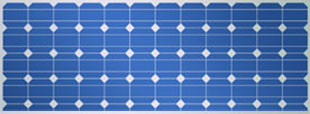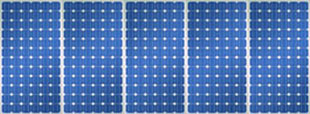2
The PV Module. Although a PV cell is the basic device that converts sunlight into electricity, it is not practically useful in this form. Individual cells produce minimum amounts of power, so they must be connected together to create a significant amount of power for your Hawaii solar system. The module is also designed to protect the individual cells from dirt and moisture. Each individual module is a PV device consisting of a number of individual cells connected electrically, laminated, encapsulated, and packaged into a frame that can be mechanically installed into a PV system.




